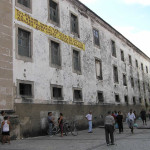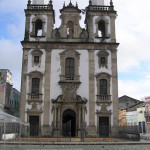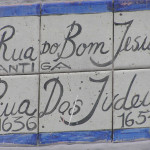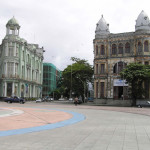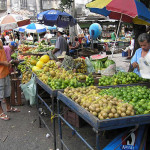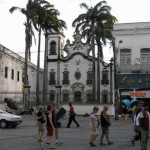Written by Marco Ramerini. English text revision by Dietrich Köster.
Recife is now the capital of the Brazilian state of Pernambuco. Until the 17th century the city was a small village near the capital of the Capitania of Pernambuco, Olinda.
In 1630 with the Dutch conquest of northeastern Brazil, Olinda was burned by the Dutch, just because it was considered not defensible. Preference was given to the port of Recife, better positioned to defend the new colony.
Recife experienced a great development, especially during the years of the rule of Johan Maurits von Nassau-Siegen (1637-1644). He founded, with the assistance of the famous architect, Pieter Post of Haarlem, a new town called Mauricia (Mauritsstad). During those years he transformed Recife by building splendid public edifices and gardens, built the first synagogue in the Americas and for the defense of the capital of Dutch Brazil were also built substantial defensive works with forts and fortifications.
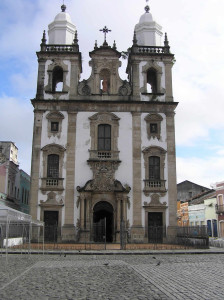
In 1654 the Dutch were besieged in Recife and were forced to capitulate. The Portuguese moved the capital of Pernambuco again to Olinda, but the port of Recife remained the most important commercial port in the Capitania. In 1823 Recife supplanted Olinda as capital of Pernambuco.
Recife has a modern physical appearance, but in the old town has many interesting buildings dating from the 17th-19th centuries, including the churches Matriz de Santo Antônio, the Basílica de Nossa Senhora do Carmo (this church was constructed, where the old Palace of Boa Vista was built under the Dutch governor Maurício de Nassau), the Capela Dourada, and Nossa Senhora do Rosário dos Pretos.
In the Rua do Bom Jesus is the oldest synagogue in the Americas, Kahal Zur Israel (Congregação Rochedo de Israel), which was erected in the 17th century and which still keeps some original walls and houses a small museum. The synagogue functioned between 1636 and 1654. At that time the synagogue served a community of approximately 1,450 Jews.
Two forts are still visible in the city: the Dutch built Forte do Brum and the Forte das Cinco Pontas, which now houses the state museum.
[divider]
[divider]
[divider]
BIBLIOGRAPHY
– Nederveen Meerkerk, H. van, “Recife. The rise of a 17th-century trade city from a cultural-historical perspective”, 459 pp., illustrations, van Gorcum, 1989, Assen-Maastricht, The Netherlands. The history of architecture in Recife of the years of Dutch occupation.
